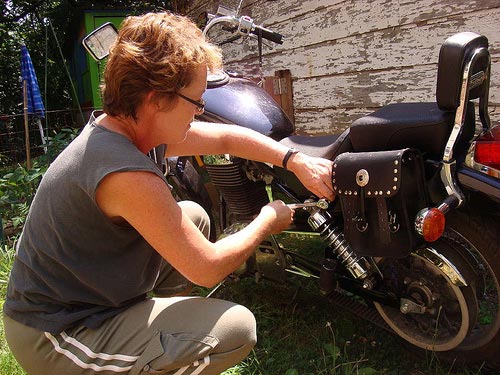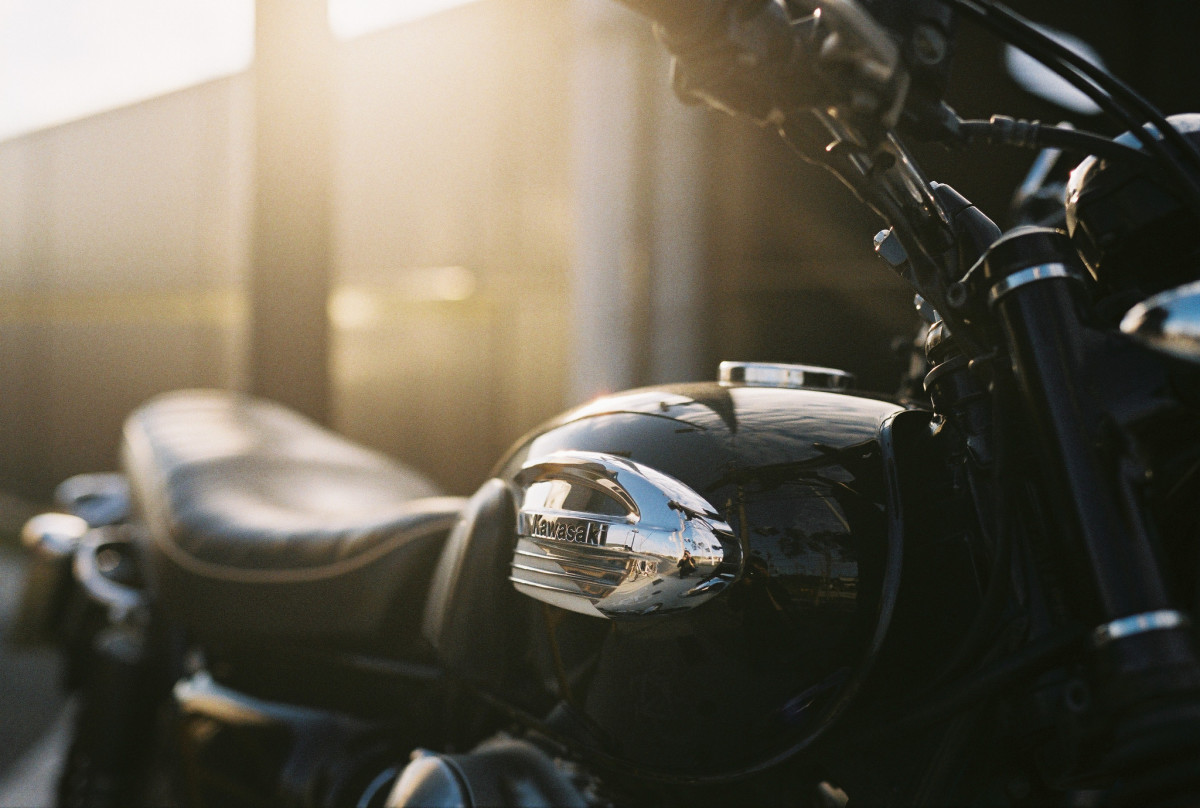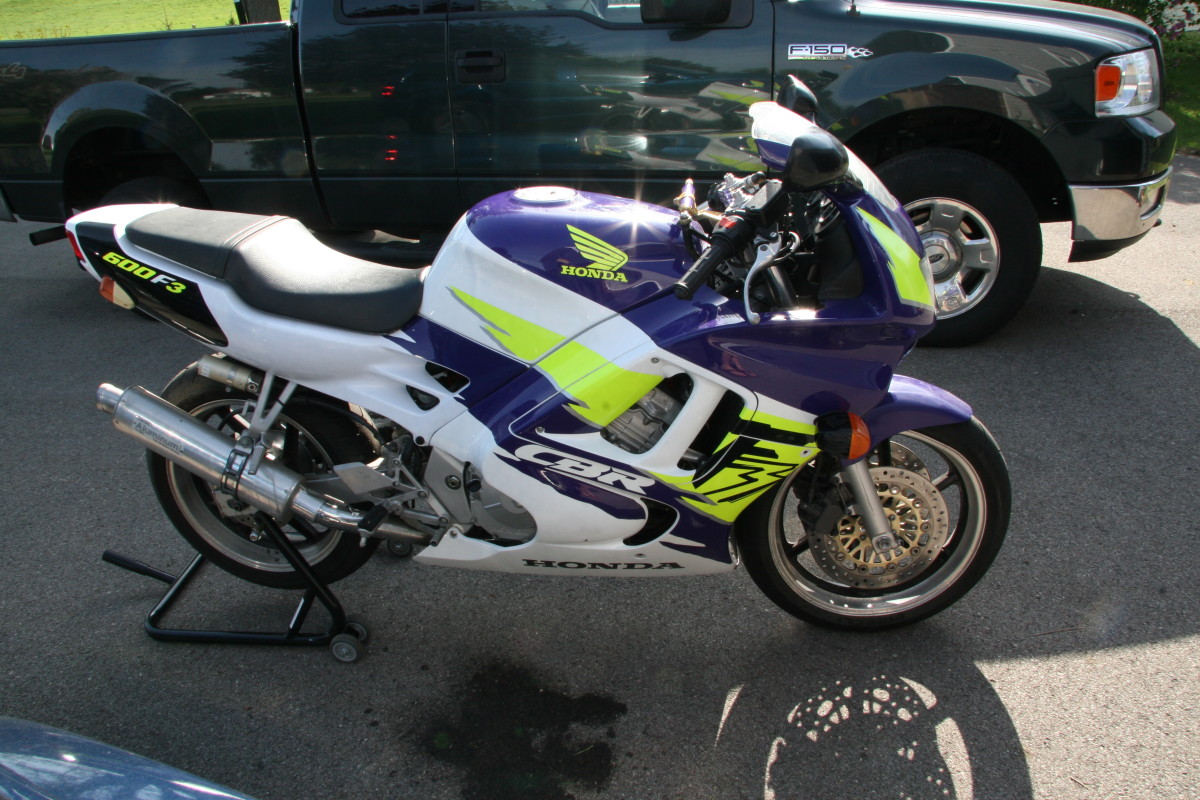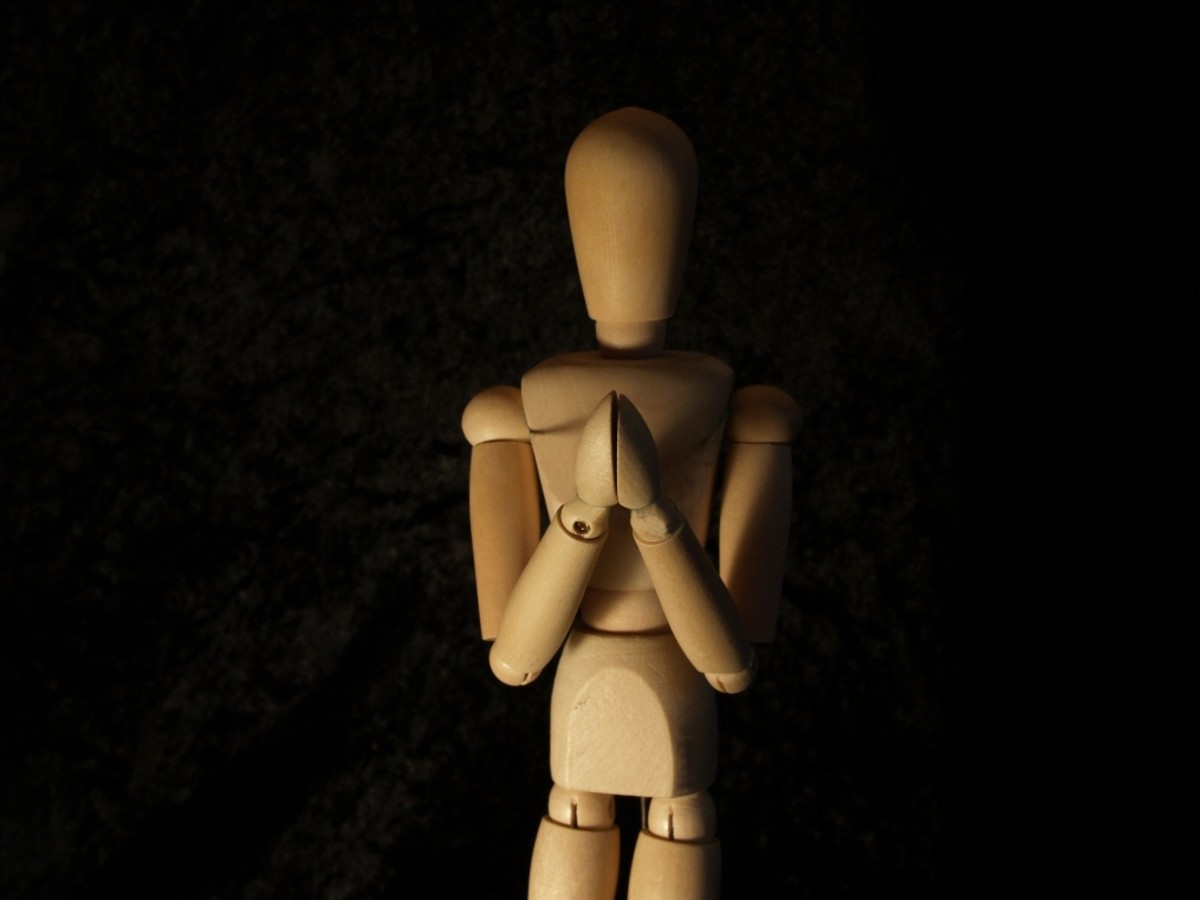How to Safely Correct Motorcycle Equipment Failure
Fix Your Motorcycle
If your motorcycle is properly maintained, you will be able to reduce the possibility of any equipment failure, but that doesn't meant that you will never experience any kind of complication or issue. This is why you want to make sure that you know how to properly handle certain situations that you may encounter while riding your motorcyle. Consider the following tips to correcting and fixing equipment failure with your motorcycle while riding your bike, so that if it happens to you, you'll know how to act in the situation.

Blowouts
If you run your tires at good quality, keep them at proper pressure, and change them when the tread is worn, the chance of a tire blowout is small. But, if either of you have a blowout in either of your tires, you want to act properly and accordingly because a tire blowout can be a pretty serious matter. Make sure to stay calm throughout the process.
-
Don't use the brakes because if you brake hard, you'll just make things worse. If you have to use your brakes, you want to apply gradual pressure to the brake on the good tire and ease to a safe spot to stop.
-
You want to ease off on the throttle and gradually slow down because you can easily throw the bike out of control if you rapidly decelerate.
-
Hold the handlebars firmly and keep the front wheel pointed ahead until you're able to stop. You will find that the handlebars will probably shudder a good bit, and if you let them, the tire will flop against the pavement.
Stuck Throttle
Most motorcycle riders have bad dreams about getting a stuck throttle, but few have actually experienced it. All contemporary motorcycles have a cut-off switch by the right thumb just in case the throttle gets stuck, but chances are that you'll never have a stuck throttle. If your throttle does get stuck, though, you'll want to hit the cut-off switch, pull the clutch, and look for a safe place to coast to a stop.
Broken Clutch Cable
If you pull your clutch lever and there isn't a return action, you'll want to shift the bike without the clutch. Shifting without the clutch is not advised, but if you have to, you have to. You'll want to back off of the throttle and shift down a gear if the throttle breaks. If you have a sensitive foot, you'll probably want to find neutral before you come to a complete stop; otherwise, you want to get set for a jerky halt.
Motorcycle Maintenance Guide
Motorcycle Riding Tips
- Motorcycle Training Tips for Beginners
If you're new to riding a motorcycle, you want to make sure that you practice riding your bike so that you're comfortable before you get on the road. - Riding a Motorcycle with a Passenger or in a Group
Make sure that when riding your motorcycle in a group or with a passenger, you know the proper safety tips to make sure that your ride is as safe as possible. - Motorcycle Safety: Make Sure Motorists See You On The Road
When riding a motorcycle, it all boils down to you an the road. There are millions of miles of road, whether it be a 1-lane dirt road or a 12-lane highway, you want to be very alert and watchful. - Gear to Wear Riding a Motorcycle - Motorcycle Gear
When riding a motorcycle, it is important that you wear the right clothing because it will not only make the ride more enjoyable, but it will make the ride more comfortable and more safe. - Motorcycle Safety for Beginners - Know Your Motorcycle
If you're going to be a safe rider, you want to know your motorcycle. Riding a motorcycle is much different than driving a car or riding on a bicycle. - Tips for Riding a Motorycle in Bad Weather and Braking in an Emergency
Riding a motorcycle is so much different than driving a car, and when riding a motorcycle, you want to be extra careful when riding in the rain, over railroads, or in the wind in a motorcycle.




